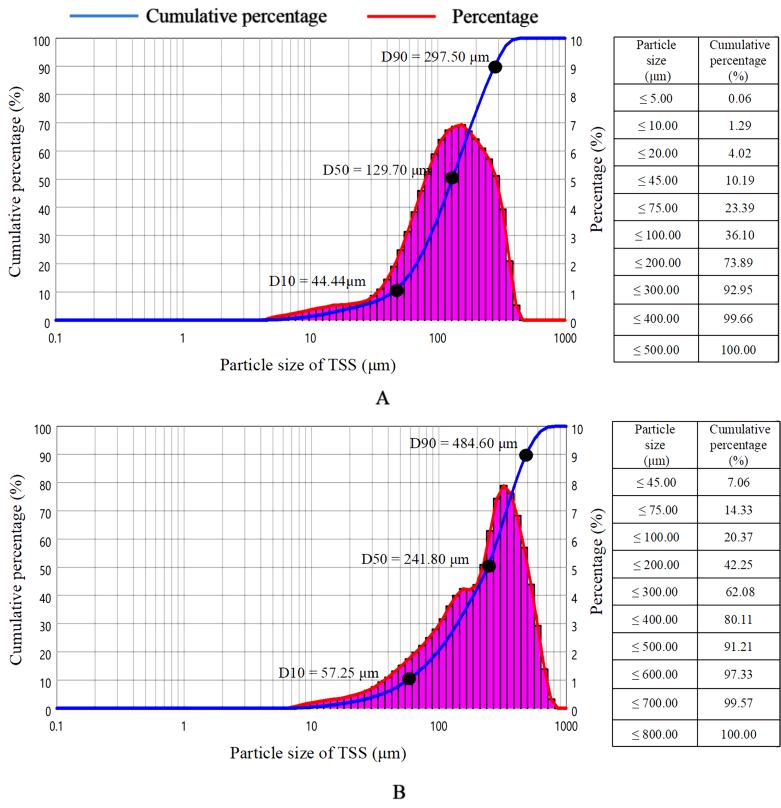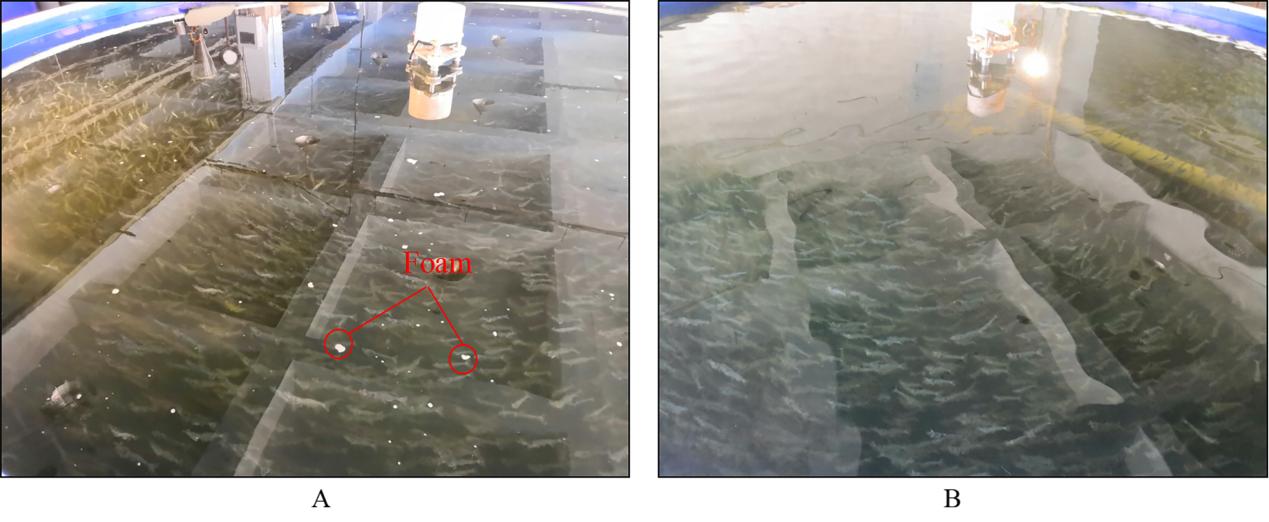Total suspended solids (TSS) affect water quality in recirculating aquaculture systems (RAS). The TSS with small particle size in traditional RAS is easy to accumulate, resulting in excessive ammonia and nitrite nitrogen, which limits the aquaculture capacity in RAS.
Dr. XU Jianping from Prof. SUN Jianming's team at the Institute of Oceanology of the Chinese Academy of Sciences (IOCAS) constructed a linkage control system of electrocoagulation diameter increasing reactor and microscreen drum filter (EDIR-MDF).
Electrocoagulation (EC) was used for the first time to increase the particle size of TSS in RAS and improve the filtration efficiency of the microscreen drum filter without reducing the filtration pore size.
The study was published in Journal of Water Process Engineering.
The researchers investigated the application of the EDIR-MDF linkage control system in the RAS of Litopenaeus vannamei.
When the aquaculture water was treated using an EDIR for two minutes, with current density of 50 A/m2 and influent flow of 300 L/h, the particle size (D50) of TSS was increased by 86.43%. The proportions of suspended solid particle size ≤75 μm were 23.39% and 14.33% before and after treatment with EDIR, translating to a reduction of about 9.06%. Therefore, applying EC technology to RAS can improve the ability of MDF to remove TSS, and reduce the deposition of small particle size SS in RAS.
In addition, the researchers found that the average removal efficiency of RAS for TSS, chemical oxygen demand, ammonia, and nitrite was increased by 24.07%, 24.30%, 8.94%, and 1.39%, respectively, improving the water quality of the aquaculture pond.
Before and after EC, the daily growth rate and feed conversion ratio of Litopenaeus vannamei were 0.13 and 0.15 cm/d (0.17 and 0.18 g/d), and 1.11 and 1.08, respectively. The use of the ECR-MDF linkage control system optimized the water environment of the RAS , and promoted the growth of shrimp.
The work was supported by the National Key R&D Program of China, the Science and Technology Major Project of Guangxi, the Key Research and Development Program of Shandong Province and the China Postdoctoral Science Foundation.

Fig. 1 Schematic diagram of the experimental system

Fig. 2 Comparison of TSS particle size between influent (A) and effluent (B) of EDIR in the laboratory-scale system

Fig. 3 Schematic diagram of the experimental system Pictures of aquaculture pond in no-EC stage (A) and EC stage (B)
Xu, J., et al. Construction and application of an electrocoagulation and filtration linkage control system in a recirculating aquaculture system. Journal of Water Process Engineering, 2021, 44, 102379. https://doi.org/10.1016/j.jwpe.2021.102379.
DU Yishuai
Institute of Oceanology
E-mail: duyishuai@qdio.ac.cn
(Editor: ZHANG Yiyi)
|
|

Address: 7 Nanhai Road, Qingdao, Shandong 266071, China
Tel: 86-532-82898902 Fax: 86-532-82898612 E-mail: iocas@qdio.ac.cn


